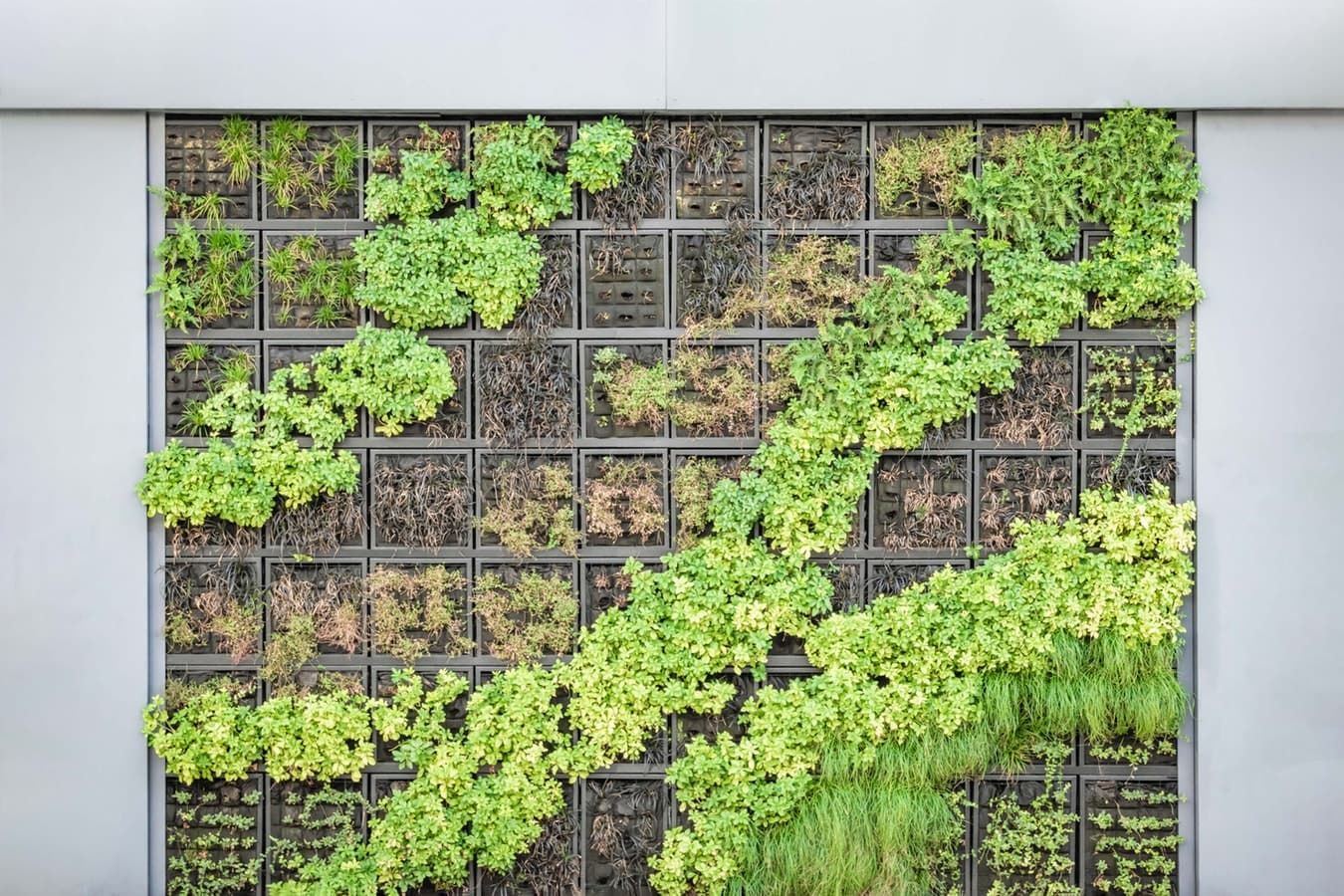Choosing the right siding for your home isn’t just about looks. I’ve said it a million times: PROTECT YOUR HOME FROM THE OUTSIDE IN. Siding is also about protection,...

Dos and Don’ts When Building Your Own Vertical Garden
By Guest Post
Mike’s Advice / Guest Posts
Tuesday, September 25th, 2018 @ 4:08pm
Article By: Point2Homes
Living in a big urban hub, such as Toronto or Vancouver means being close to the best business and education opportunities out there. However, city life also means giving up on nature and the many benefits it brings. For those city dwellers craving a little greenery, a vertical garden is a fantastic idea. They can breathe life into any space, creating stunning décor, and can even provide edibles to liven up your cooking. These little pockets of nature will transform your home into an oasis of relaxation and will make any space in the heart of a great urban center feel cozier.
Finding an amazing home for sale in Toronto, one of Canada’s biggest business hubs, and also one of the greenest cities in the country, is one thing, but creating your own green oasis indoors means taking things to the next level. There is no need to worry though: these days, vertical gardens come in all shapes and sizes, and the wily gardener can create one to fit their space and needs perfectly. And with a few dos and don’ts, even if you have a tiny amount of space, you might soon have the lush garden you’ve always dreamed of!
Do Work with What You’ve Got
Before you start, it’s important to assess the space you’ve got to work with and to take a good, hard look at what you actually know. If you’re new to gardening, it’s a good idea to start off small and simple – try windowsill herbs or a picture frame garden. These require less commitment and help you get a feel for vertical gardening.
When you’re ready to progress, think about the space you wish to transform into a vertical garden. Ask questions like, does it receive enough sunlight? What’s the ambient temperature? How humid is it? If you plan to create a vertical garden directly on a wall, be sure you’re allowed to drill into it, else find an alternative method to fix it in place. Be sure also that the wall will be strong enough to support heavy pots and pockets of earth.
Don’t Over-Complicate Things
Nowadays, you’ll find endless vertical garden designs — some use sturdy, custom-made frames with a built-in irrigation system, while others start from just a few basic elements and allow you to add features as needed. However, keep in mind that few things put the would-be gardener off quicker than a garden they can’t get to grips with. Rather than attempting to cover an entire wall and fitting a regulated drip irrigation system, try starting small and building up.
Do Take Care When Choosing Plants
Many factors come into play when choosing the right plants for your vertical garden, especially for indoor gardens. Try not to set your heart on particular plants; there are thousands of beautiful species out there, and some will thrive in your garden, while others will perish. In general, seek out plants that have shallow roots, such as herbs and ferns and avoid anything that may grow very large and heavy — unless your vertical garden is strong enough to accommodate them.
Take the time to really research the plants you want and think about the conditions they need and what your space can offer. As a general rule of thumb, edible plants such as herbs, fruits, and vegetables typically require a lot of sunlight. Ferns and ivy are great for shadier spots, but there are many more plants you can choose from and there are exceptions to every rule. When thinking about growing edibles, bear in mind that root vegetables and large fruit bushes will not thrive in the typical vertical garden.

A Vertical Garden can compliment any home with its simplistic yet beautiful design
Don’t Skimp on Soil
Research your plants and find out which type of soil is best for them — you may find you need 2 or 3 different types of soil if you have a wide variety of plants. With a vertical garden, good drainage is essential, else your plants may mold. You can aid drainage by using gravel at the bottom of your planters and adding the soil on top.
DId You Know?
The soil you choose makes a huge difference to the life of your plants. Soil controls the type of nutrients the plant will be able to take in, and how much moisture is retained and how quickly it drains.
Do Be Careful with Watering
With your garden lovingly planted, the next step is the maintenance work needed to keep it alive and thriving. Any gardener will tell you that it’s very easy to over-water plants, but with a vertical garden, doing so can have messy consequences. It takes times for the roots to suck up all the moisture, so add water little by little, rather than flooding the garden and saturating the soil.
Another common issue with wall mounted vertical gardens is that the wall can get very wet. If it’s not protected this can cause irreparable damage. To combat this, it’s worth fixing a layer of felt — or any other material that won’t mold when damp — to the wall. Consider leaving buckets under the garden the first few times you water it until you work out how much water is the right amount.
Don’t Neglect It!
Finally, the biggest mistake most vertical gardeners make is to not properly care for their plants. This can be the result of forgetfulness or a simple misunderstanding of what they require. Figure out what your garden needs to thrive and provide it. Keep an eye open for mold, infestations or viruses and take action when necessary.
If it is well looked after, a vertical garden will last many years. Be prepared to prune when necessary and learn how decreasing temperatures can affect your garden. With this knowledge, you can plan ahead and keep your garden lush all year round.








